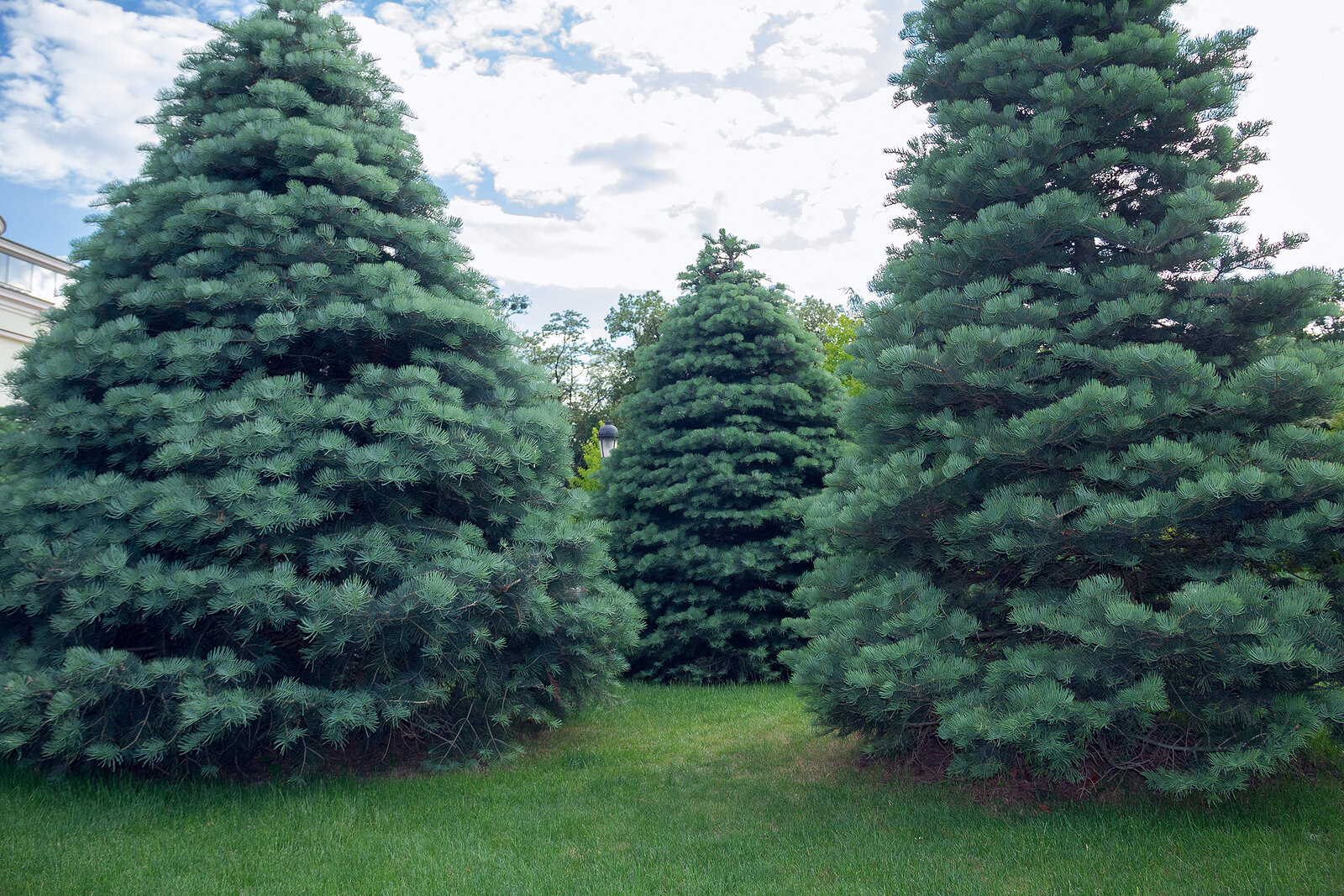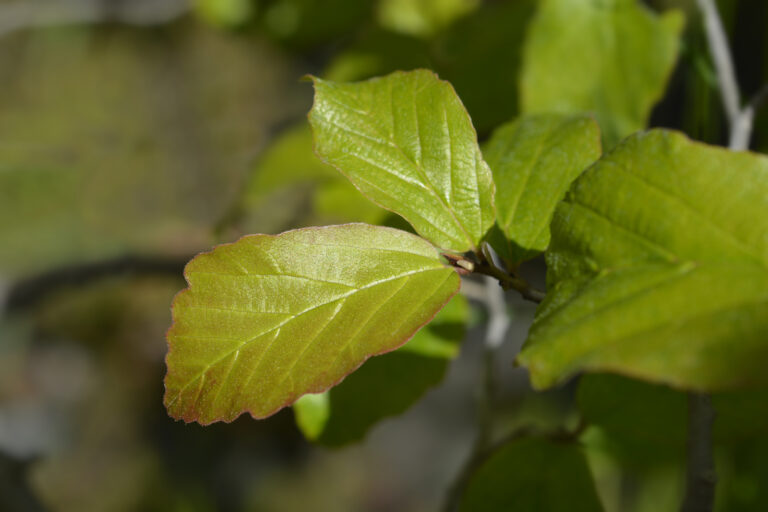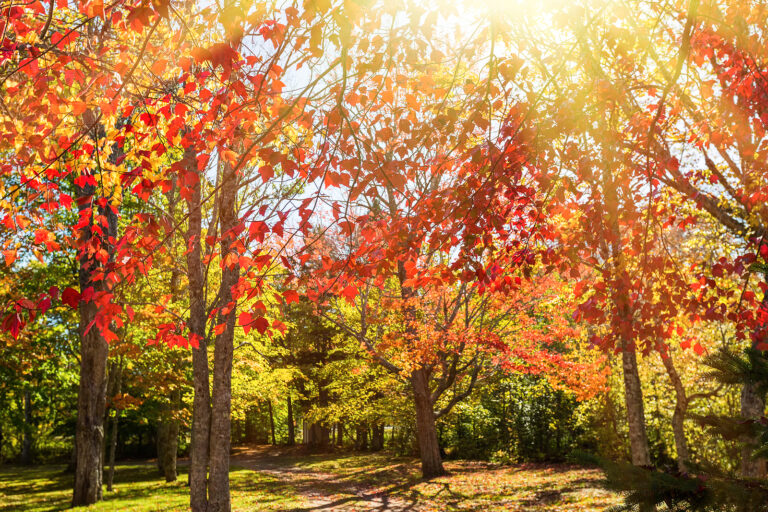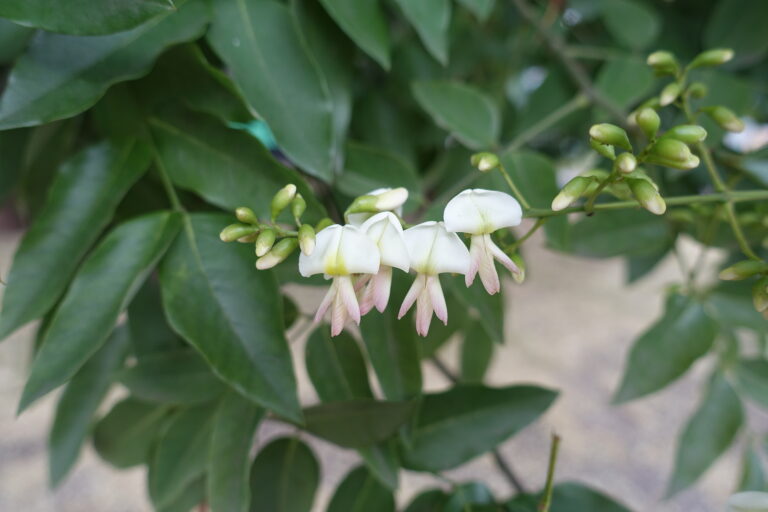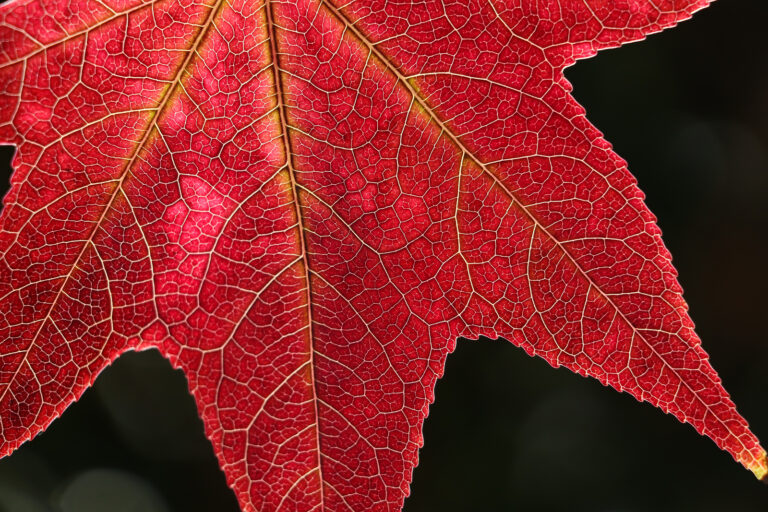How to Grow Abies – Fir Tree
The genus Abies–commonly called firs–are tall, erect, symmetrical conifers with dense whorled branches and a rigid pyramidal or conical shapes. The needles are glossy, mid-to dark green often with long silver bands beneath.
Abies firs are mostly tall trees 80 to 150 feet (25-45m) high are taller. They require plenty of space. They are often grown as specimens in very large gardens or landscapes. They can be used as shelter or screening.
The needles of firs are more flattened than spruce needles and are blunt-tipped and soft to the touch, unlike spruces which have shape pointed needles. Female cones are squat and sturdy and stand upright on high branches. (The cones of spruces hand down and drop off in one piece.
Abies prefer cool, acid, moist soil and cool temperatures. They are unreliable in mild winter regions. Most firs offered by growers are grafted to rootstocks of Abies fraseri or Abies balsamea. Firs grafted to Abies firma are more tolerant of hot summers.
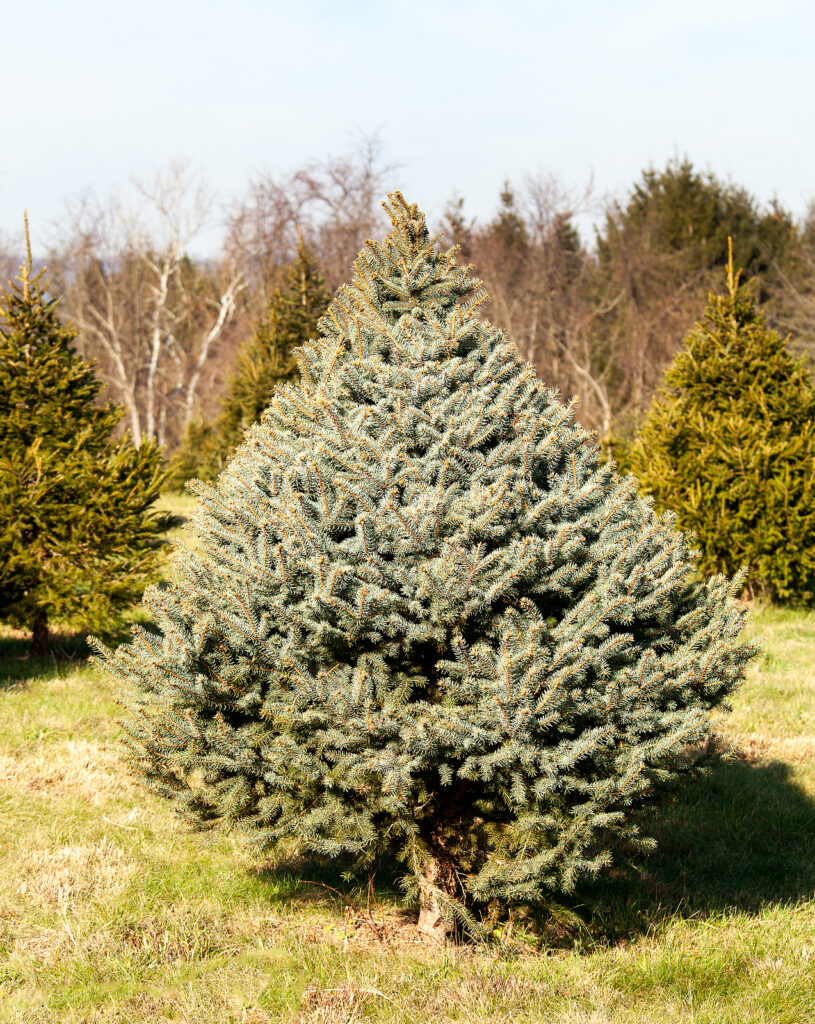
Get to know Abies
- Plant type: Evergreen trees
- Growing zones and range: USDA Zones 3 to 7
- Hardiness: Hardy to Zone 3
- Height and width: 30-50 feet tall in cultivation (9.1-15.2m); to 100 feet (30m) tall in wild and up to 25 feet (8m) wide
- Growth rate: Slow to medium
- Form and habit: Pyramidal
- Foliage: Tall symmetrical conifer with dense whorled branches and rigid conical shape; needles are 2-3 inches (5.1-7.6cm) long and rather flat with two white bands on the underside; they last four or five years before dropping; crushed, they produce a lemony scent
- Flowers: Inconspicuous
- Fruits: Fir cones, 3-6 inches (7.6-15.2cm) long and pale green when young, develop a purple cast as they mature; cones shatter after ripening, leaving a spiky stalk
- Bloom time: Form in late spring and early summer; ripen in autumn
- Uses: Specimen trees, screens, shade, or rock gardens
- Common name: Fir
- Botanical name: Abies
- Family name: Pinaceae
- Origin: High altitudes in cold and temperate climates; northern or mountainous regions of North America, Europe, Asia, and northern Africa
Where to plant Abies
- Plant Abies in full sun, but tolerate day-long bright or filtered light.
- Plant Abies in deep, rich, moist, well-drained sandy loam that is slightly acid, pH 5.0-60; mulch regularly with organic matter to keep soil moist.
- Avoid planting Abies in hot, dry areas.
- Provide some shelter from the wind.
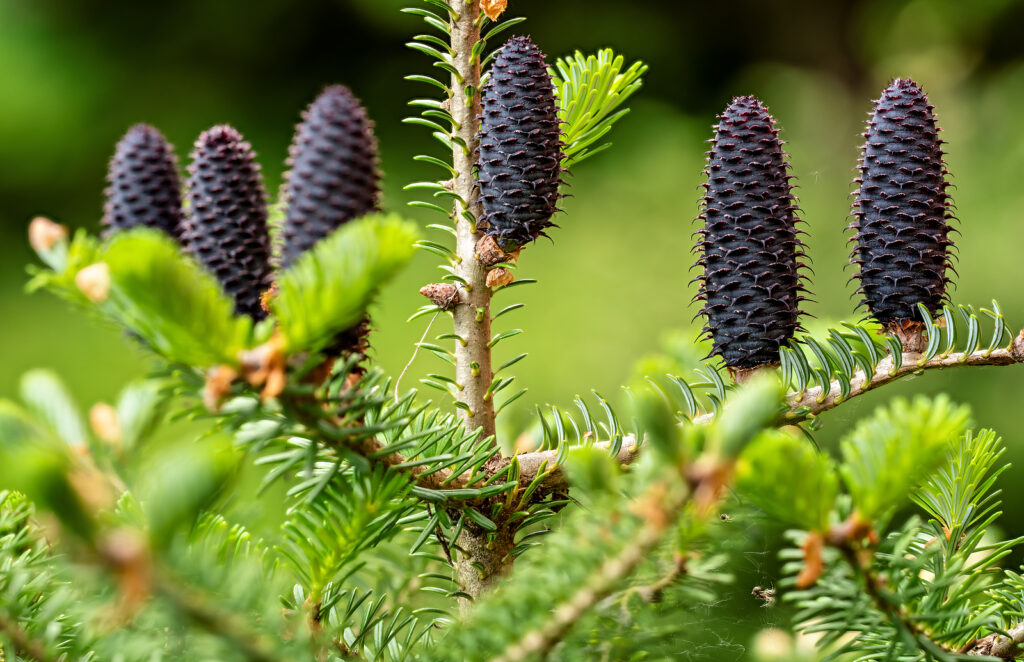
When to plant Abies
- Abies grow best when transplanted as young container-grown or field-grown balled-and-burlapped trees.
- Sow Abies seed in a cold container in fall or winter; stratify for 21 days to aid germination.
Planting and spacing Abies
- Space Abies 20-25 feet (6-8m) apart.
How to water and feed Abies
- Give Abies regular to moderate water.
- Feed Abies with an all-purpose organic fertilizer in spring.
How to care for Abies
- Pruning Abies is not necessary; be careful if you do prune, because they will not resprout on old, leafless wood.
Abies pests and diseases
- Heat and water-stressed Abies are more susceptible to pests and diseases.
- Abies are sometimes susceptible to attacks by aphids, adelgids, bagworms, bark beetles, spider mites, spruce budworms, and twig blight.
- A wide variety of fungi cause needle blight and root rot; rust is common too.
- Abies can develop root rot if planted in poorly drained soil.
Abies propagation
- Take Abies cuttings in winter. Graft in late winter and early spring.
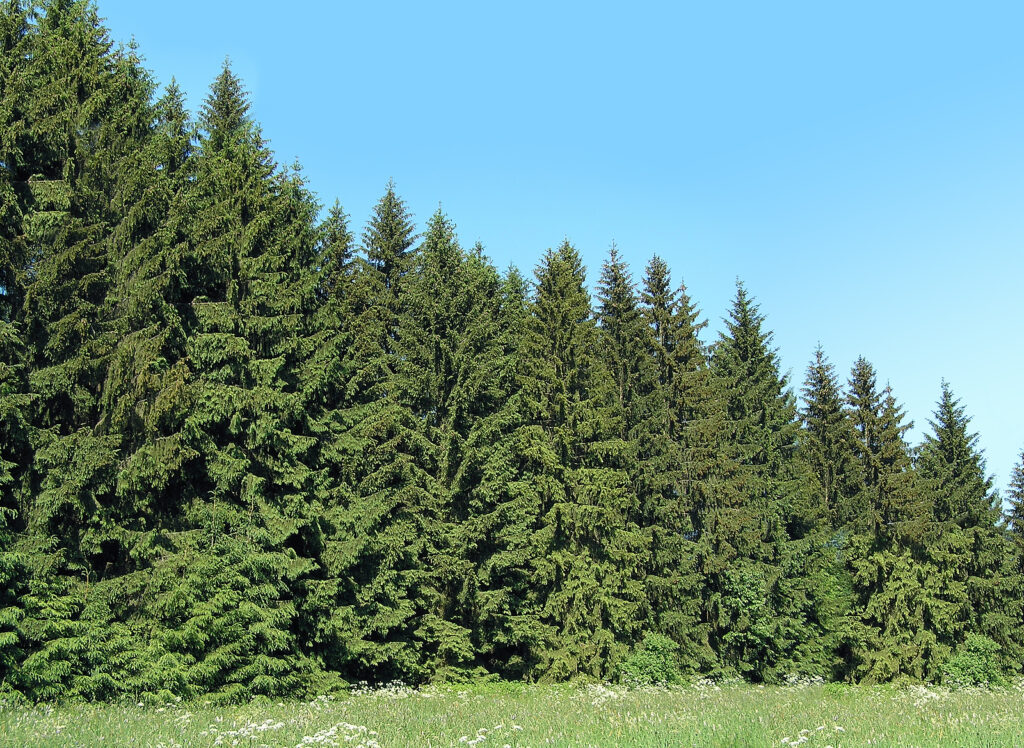
Abies varieties to grow
- Abies Alba, European silver fir, Silver fir, columnar tree with dark green leaves, silver beneath, to 1 inch (2.5cm) long, arranged on the shoots in a V-shape. Cylindrical cones are yellow-green ripening to brown, 4-6 inches (10-15cm) long, with protruding bracts. To 80-150 feet (35-45m) tall and 12-20 feet (4-6m) wide. Central and Eastern Europe.
- A. balsamea, Balsam fir, is wonderfully aromatic. Thrives in the East, native from Labrador, Newfoundland, to West Virginia and Minnesota and hardy in Zones 3 to 5. Growing into a dense, narrow, pointed pyramid that reaches 50-70 feet (15.2-21.3m) wide, this native is loved for its piny fragrance and is often cultivated as a Christmas tree. The 1 inch (2.5cm) long needles are blunt, rounded, and shiny dark blue-green. They are arranged in two ranks along side branches. Trunk bark is gray-brown. Cones are 2-3 inches (5.1-7.6cm) long and violet purple.
- A. bracteata, Bristle-cone fir, Santa Lucia fir, columnar tree with distinctive spindle-shaped, pointed, non-resinous buds. Sharp-pointed, glossy, dark green leaves, silvery green beneath, to 2 inches (5cm) long, spread from either side of each shoot in 3 or 4 ranks. Ovoid, golden brown cones, 3 inches (8cm) long, have large, protruding bracts, with long, narrow, reflexed points, and often exude resin. To 80 feet (25m) tall and 20 feet (6m) wide. California.
- A. cephalonica, Greek fir, conical tree with a spreading crown in old age. Stiff, glossy, dark-green leaves, greenish white beneath, .75-1.25 inch (2-3cm) long, are arranged radially around each shoot, with a rounded, sucker-like pad at each leaf base. Cylindrical, tapering, resinous, green-brown cones, 4-6 inches (10-15cm) long, have protruding, reflexed bracts, and nipple-like apexes. To 100 feet (30m) tall and 15-25 feet (5-8m) wide. Central and Southern Greece.
- A. concolor, White fir, is a popular choice. It’s native to the Rockies, Zones 3 to 7, but adapts to the East, to city life, and to heat and drought. In summer, the dark green needles make a handsome backdrop for the garden, and in fall and in winter they lend life to the frozen landscape. In cultivation, it reaches 30-50 feet (9.1-15.2m); in the wild it can grow to 100 feet (30m). These are excellent cultivars.
- A. fraseri, Southern balsam fir, or Fraser fir, is used in the warm Southeast. Hardy in Zones 4 to 7, it is native to the highlands of West Virginia, North Carolina, and Tennessee. Attractive pyramidal tree resembling A. balsamea in both looks and fragrance. Widely grown as a Christmas tree where summers are not too hot.
- A. grandis, giant fir, lowland fir, very fast-growing, conical to columnar tree with smooth gray bark, cracked into squares on old trees, and small, conical resinous buds. Produces soft, shiny, dark green leaves, 1.25-3 inches (3-5cm) long, with whitish green bands on the reverse, arranged like teeth of a 2-sided comb. Cylindrical cones, 2-4.5 inches (5-11cm) long, with hidden bracts, are green, ripening to brown. To 80-200 feet (25-60m) tall and 15-25 feet (5-8m) wide. British Columbia, Oregon, Idaho.
- A. homolepis, Nikko fir, coniferous evergreen tree that grows best in cool, moist climates. It has a columnar habit and glossy needle-like leaves held in whorls on the branches. Insignificant green or yellowish flowers in spring, followed by upright tannish cones in summer or winter. To 100 feet (30m) tall and 30 feet (9m) wide. Zones 4 to 7.

